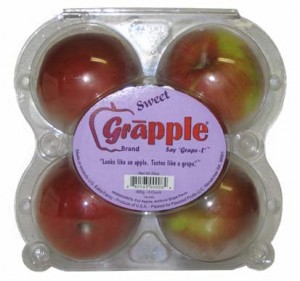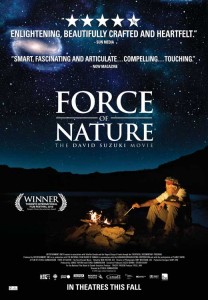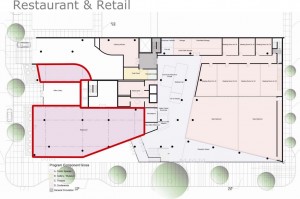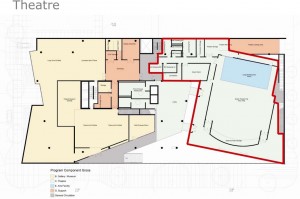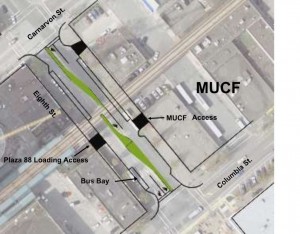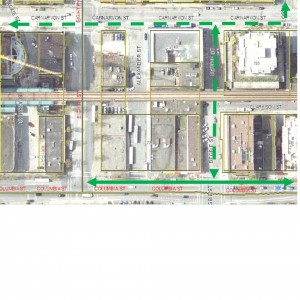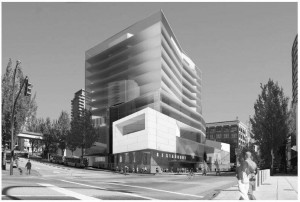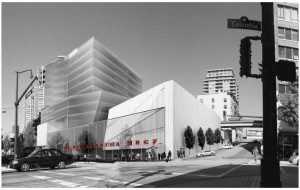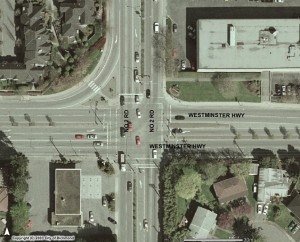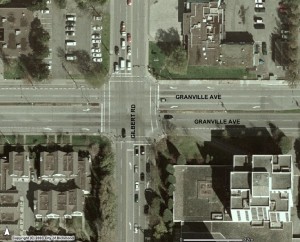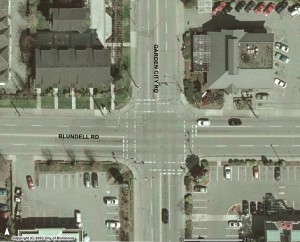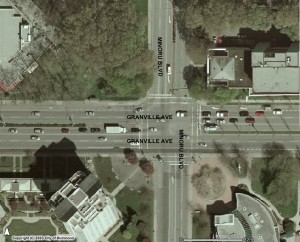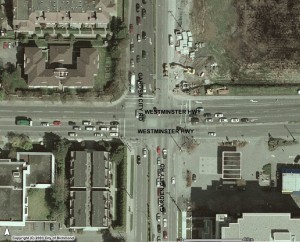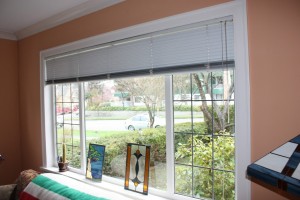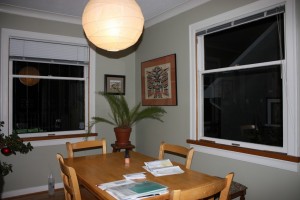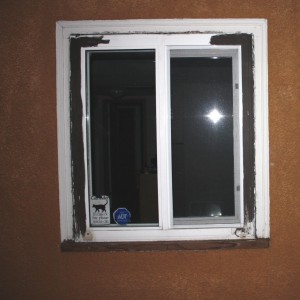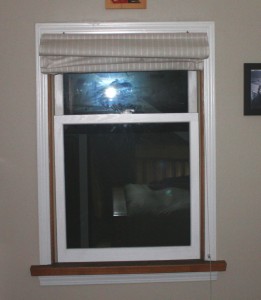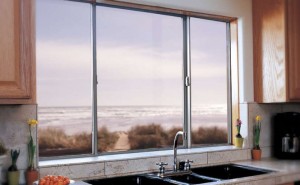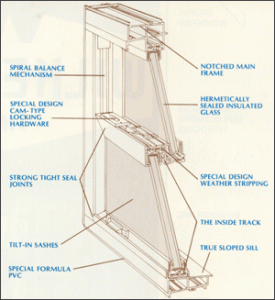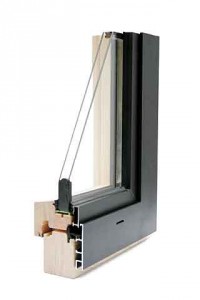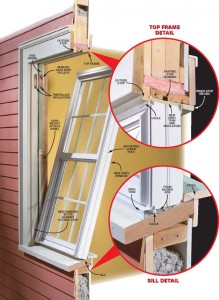The Clean Bin movie was great. Well attended, and a well-shot and entertaining movie with surprisingly high production value and humour. The filmmakers were friendly and engaging, and had a nice Q&A session after. It was a good evening.
A few people wondered how the film topic (reducing trash) meshed with the food security ideals of a local Farmers Market. In the film the link became obvious. Through trying to reduce excess and non-recyclable packaging, the filmmakers ended up buying more food at the local Farmers Market, while being exacerbated by trying to purchase food at the local SupraMarket without packaging. They also found themselves eating better and saving money, as whole foods replaced processed food in their diet.
Which brought me to think about a book I read a few years ago, ”The End of Food” by Thomas Pawlick. The book begins with his description of the modern tomato, closer to a tennis ball than it is to the tomato that previous generations loved. Due to selective breeding for characteristics like shelf life, durability for shipping, predictable ripening time, and size, the consumer tomato has undergone evolutionary change. Unfortunately, flavour and nutrition are not two things that are selectively bred towards. Therefore, tomatoes are puffed-up, bland, tough, nasty brutes compared to the Tomatoes of our parent’s youth. Worse, according to the USDA’s own reports, the modern tomato contains significantly less vitamin A, vitamin C, calcium, potassium and protein than they did 50 years ago. They do, however have 65% more fat, and more than twice as much sodium as they did in the 1960s.
There is no doubt that factory food production and delivery has made more kinds of food available to more people. Unfortunately, the actual food is commonly less healthful than it once was.
That said, I am not a big believer in the “organic food” movement. The term “organic” is so fuzzy as to be meaningless, and too often people shut off their critical thinking and assume “organic” means it is good for you or more ethical, in the same way we have (still do?) with “whole grain” or “Fat Free”. If there is any diet idea I can agree with, it is Michael Pollen’s “Eat food, not too much, mostly plants”. As such, I spend most of my time in the grocery store around the outside walls, where the veggies, meat, and other food is, and away from those inner aisles where the food-inventions in boxes-in-foil and foil-in-boxes are shelved. As long as we have produce, we won’t starve.
Until I saw the Grapple® at my local Cave-in Foods. There, in the fruit section, between BC and Washington state apples of various variety, is a plastic-packaged 4-pack of apples. Intrigued by the wasteful packaging choice, I was horrified to read what the product really was.
An artificially flavoured apple…
Apples are, hands down, my favourite food. I eat one every day if I have access. Hate apple juice, like apple pie, can give or take dried apples, but absolutely love a fresh, crisp apple. Granny Smith (when crisp), Macintosh (when you can get them from the fruitstand in Keremeos) or Fuji are my favourites. It never occurred to me that impregnating an apple with artificial grape flavour would be an improvement.
Don’t get me wrong: I like grapes. Grapes are great in all their forms, except the form of an apple, a banana, a grapefruit.. any other form of fruit.
Artificial Grape Flavour is great for getting children to take cough medicine, but an asinine way to get a kid to eat an apple. It is like mixing single malt scotch with Grape Tang, I don’t care if you like it better that way, it is wrong to the core.
What does this say about our society? That we add artificial flavour to fruit in the produce section? Or that people are actually shelling out $5 for a plastic-clamshell 4-pack of apples with artificial flavour when they can get 6 apples and a pound of grapes for $5?
I wept for mankind.
